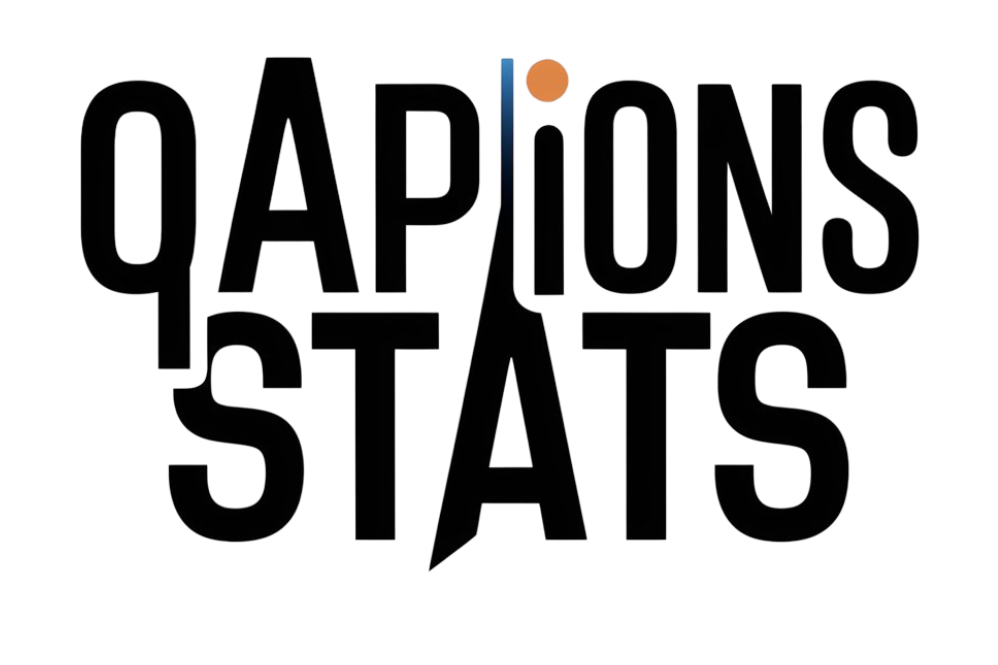In the vast landscape of English idioms, certain expressions stand out for their versatility and frequent usage. One such phrase is “heads up.” Whether you’re watching a sports game, navigating a workplace scenario, or engaging in casual conversation, you might encounter this term.
But what does “heads up” truly mean, and how can it be used appropriately across different contexts? This comprehensive guide delves into the meaning, origins, applications, and alternatives of “heads up,” ensuring you grasp its nuances and employ it effectively in your communication.
What Does “Heads Up” Mean?

“Heads up” is an idiomatic expression in English that serves multiple purposes, primarily as a warning or alert. Its meanings can be categorized as follows:
- As a Noun: It denotes an advance notice or warning about something that is going to happen.
- Example: “Just giving you a heads up that the meeting has been rescheduled.”
- As an Interjection: Used to warn someone to be alert or cautious, especially when there’s an immediate danger.
- Example: “Heads up! That ball is coming your way!”
- As an Adjective: Describes someone who is alert, attentive, or quick to react.
- Example: “She made a heads-up play during the game.”
Understanding these variations is crucial for using the phrase appropriately in different scenarios.
Related post: Cute Winter Boots Meaning and Hiatus Meaning Explained
Origins of “Heads Up”

The phrase “heads up” has its roots in physical actions and has evolved over time:
- Military and Sports: Initially, “heads up” was a command to soldiers or players to be alert and keep their heads raised, ready for action. In sports like baseball, it signified being prepared and attentive.
- Aviation: The term gained prominence with the advent of “heads-up displays” (HUDs) in aircraft, allowing pilots to view information without looking down, thus keeping their “heads up.”
- Everyday Usage: Over time, the phrase permeated everyday language, retaining its core meaning of alertness and preparedness.
Related post: Mucho Gusto Meaning: A Comprehensive Guide to Spanish Greetings and Their English Equivalents
Contextual Applications of “Heads Up”

The versatility of “heads up” allows it to be used across various contexts:
1. Workplace Communication
In professional settings, “heads up” is often used to inform colleagues about upcoming changes or important information.
- Example: “Just a heads up, the client meeting has been moved to 3 PM.”
2. Casual Conversations
Among friends or family, it’s a friendly way to share information or warnings.
- Example: “Heads up, the road to the beach is closed due to construction.”
3. Immediate Warnings
Used as an interjection to alert someone about immediate danger or to pay attention.
- Example: “Heads up! Watch out for that low-hanging branch.”
4. Sports Commentary
Describes a player’s alertness or quick reaction during a game.
- Example: “That was a heads-up play by the defender to intercept the pass.”
Read also: Travesty Meaning (Hiatus Meaning)
Polite, Professional, and Casual Alternatives to “Heads Up”
While “heads up” is widely accepted, there are alternative phrases that can be used depending on the formality of the situation:
1. Advance Notice
- Usage: Professional settings to inform about upcoming events or changes.
- Example: “This is an advance notice that the policy will change next month.”
2. Just So You Know
- Usage: Casual conversations to share information.
- Example: “Just so you know, the cafe closes early today.”
3. FYI (For Your Information)
- Usage: Emails or messages to provide information without requiring immediate action.
- Example: “FYI, the report has been submitted to the manager.”
4. Be Advised
- Usage: Formal communications, often in written notices.
- Example: “Be advised that the office will be closed on Friday.”
5. Please Note
- Usage: Professional emails or documents to highlight important information.
- Example: “Please note the changes in the schedule.”
6. Just a Reminder
- Usage: Friendly reminders in both professional and personal contexts.
- Example: “Just a reminder, the deadline is tomorrow.”
7. Keep in Mind
- Usage: Suggesting someone remember or consider something.
- Example: “Keep in mind that traffic is usually heavy at this hour.”
8. Watch Out
- Usage: Immediate warnings in casual settings.
- Example: “Watch out! There’s a car coming.”
9. Take Note
- Usage: Formal instructions or important information.
- Example: “Take note of the new guidelines.”
10. Be Alert
- Usage: General warnings or advisories.
- Example: “Be alert for any suspicious activity.”
11. Heads-Up Display (HUD)
- Usage: In technical or military contexts, referring to systems that provide information without requiring the user to look away from their usual viewpoints.
Choosing the Right Alternative Based on Context and Tone
Selecting the appropriate alternative to “heads up” depends on the setting and the relationship between the communicators:
- Professional Settings: Opt for formal phrases like “advance notice,” “please note,” or “be advised.”
- Casual Conversations: Use informal alternatives such as “just so you know” or “FYI.”
- Immediate Warnings: “Watch out” or “be alert” are suitable for urgent situations.
- Technical Contexts: “Heads-up display” is specific to fields like aviation or gaming.
Understanding the nuances of each alternative ensures effective and appropriate communication.
Conclusion
“Heads up” is a multifaceted phrase that has seamlessly integrated into various aspects of the English language. Its adaptability allows it to function as a noun, interjection, or adjective, making it a valuable tool in both written and spoken communication. By recognizing its meanings, origins, and suitable alternatives, you can enhance your linguistic proficiency and ensure your messages are conveyed with clarity and appropriateness.



